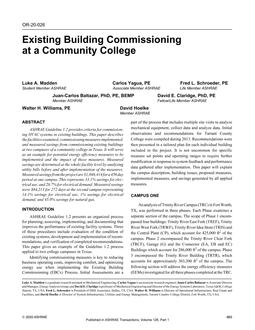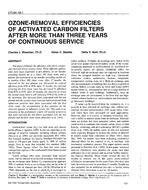The availability of good standards is essential for the proper utilization of technology in commetcial products and industrial processes. Equally important are the existence of efficient mechanisms to generate new standards when this is required, to review existing standards on a regular basis, and to update and modify standards when experiences with their application or new developments in technology or measuring instrumentation make changes necessary.
Recent legislative actions have given a new sense of urgency to the development of standards in the field of noise measurements and noise rating procedures. The most significant law on the Federal level is the Noise Control Act of 1972, which gives the Environmental Protection Agency the authority to identify major sources of noise and to establish noise emission standards for products. While this and other laws rarely identify a specific standard that has to be followed for noise measurements or call for the development of a new standard, it is obvious that regulations and limits can be defined best when the measurement methods are based on comprehensive standards and lead to reproducible, meaningful results.
Other examples for the importance of standards and standardized measuring procedures are voluntary agreements to publish quantitative noise-related information about products. The ARI sound rating number for outdoor noise levels of unitary central air-conditioning and heat pump systems up to 135,000 Btu/hr cooling capacity is determined by a standard that has been developed specifically for this purpose. This sound-rating system has found widespread acceptance.
Citation: Symposium, ASHRAE Transactions, Volume 82, Part 1, Dallas, TX
Product Details
- Published:
- 1976
- Number of Pages:
- 13
- File Size:
- 1 file , 1.7 MB
- Product Code(s):
- D-DA-76-11-1


